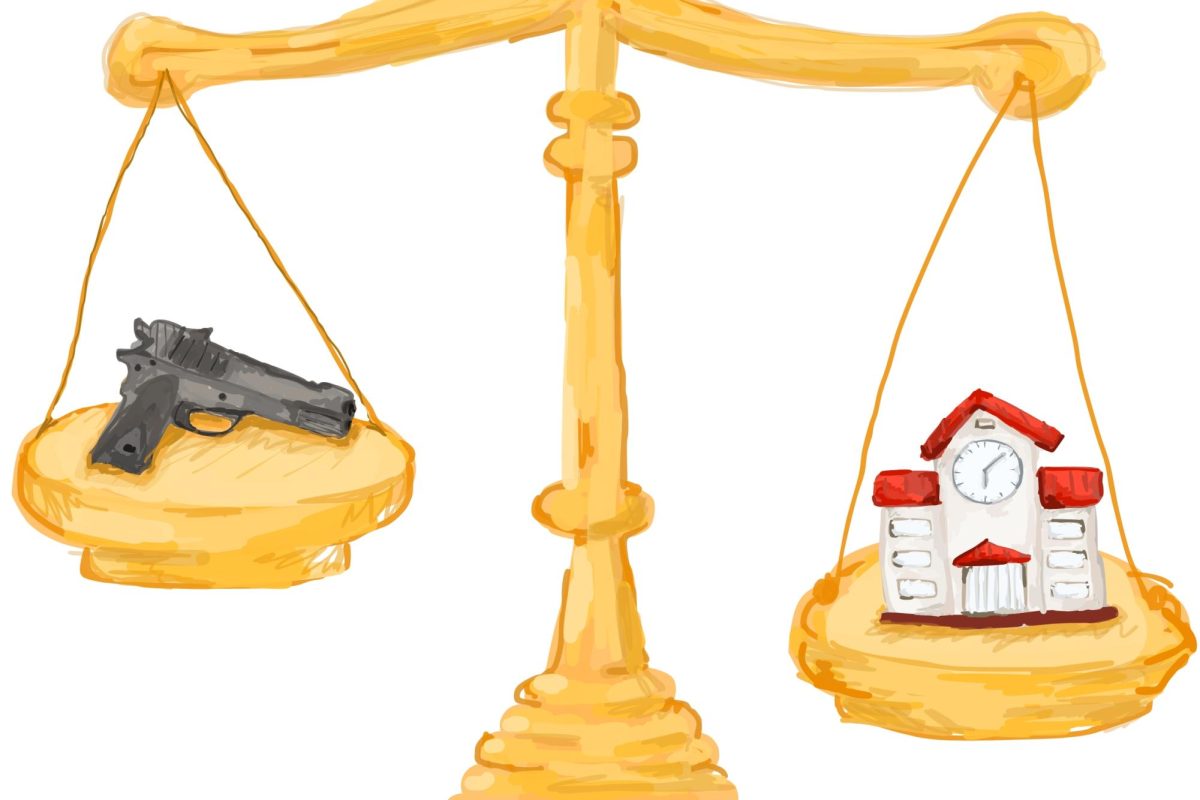In today’s fast-paced world, high school teenagers face increasingly overwhelming challenges. Expectations for their achievements continue to rise, often exceeding those of previous generations. Waking up early and spending long hours in class can leave many students mentally and emotionally drained long before the day ends.
Days full of classes, homework, and afterschool activities creates a hectic environment that can be difficult to navigate.
Finding a balance has become a daily struggle. So far, California schools have notably improved in looking out for the mental health of their students by allocating $184 million for teacher and school counselor residency programs, and another $350 million to school counselors, according to the California Department of Education. However, that’s not enough. Mental health is a problem that cannot be solved simply by spending more money. Schools fail to recognize perhaps the most simple solution—more breaks.
The pressure to excel academically is present everywhere we look. With college admissions becoming increasingly competitive, many teens must focus on not only achieving good grades, but also participating in various clubs and sports, all while being expected to accumulate volunteer hours for the sake of getting into a selective college.
When all these factors combine, it’s clear how significant the pressure can be. According to a survey by the American Psychological Association, school is a major source of stress, with 83% of teens identifying it as a significant stressor. Additionally, 69% reported stress related to getting into a preferred college or deciding on a path after high school.
Not only does pressure from school, parents, and teachers affect a teen’s already fragile mental health, staying in school for long hours each day with only one break the entire seven hour long school day is not as beneficial to their academic success as expected. In fact, focus can be lost after consecutive hour long classes with little to no break in between. In a 2019 study, the American Psychological Association found that students who were given a break during a 45-minute task performed notably better than those who were not allocated one.
Not only that, short breaks have been proven to be more effective and efficient than more days of school. A research study conducted by the Proceedings of the National Academy of Sciences observed that a short break had the capability of improving average test scores. In fact, these test scores improved to a degree equivalent to 19 extra school days. It just doesn’t seem necessary to shove students into classrooms for the entire day and not allow them to have time to really relax.
At the same time, it’s important to find a balance between breaks and classes. Implementing more breaks does not mean breaks between every class is necessary, and breaks do not need to take up an outrageous amount of time. At the very least, one break a day for about 10 minutes on top of current passing periods and lunch is enough for kids to refresh their minds. This would split the school day up into three “sections” with two classes per section. Each day would have the same number of breaks, and the break would occur after the first two full-length classes; first and second period.
As a matter of fact, the only time we have to wind down after classes is spent rushing to other classes.
That’s where more breaks can make a significant difference. These breaks are a chance for students to leave their classrooms for about 10 minutes to get a breath of fresh air. It’s also an opportunity for them to socialize with friends and grab a bite to eat. Breaks offer students a vital chance to unwind between classes. In high school especially, it’s essential for students to have time to socialize and relax, allowing them to approach their next class with renewed focus and energy. These moments of peace not only help reduce stress, but also foster social connections, creating a more supportive and collaborative school environment. Even the simplest things, such as being able to talk to friends, can refresh a student’s energy. By prioritizing mental health and implementing just one more break throughout the day, we can enhance students’ overall well-being and academic performance, preparing them for a packed day full of activities.
While this change may seem minor, even a short pause in a busy school day can greatly benefit an overwhelmed teen. It won’t affect the length of the school year and won’t impact each day too much, because the time spent learning will be the exact same. Even a little extra time to rest each day will have a big impact in the long run, and can even keep students more focused throughout the day, benefiting both academics and mental health. This is a change that needs to happen sooner rather than later, to ensure that our children grow up happy and healthy.







